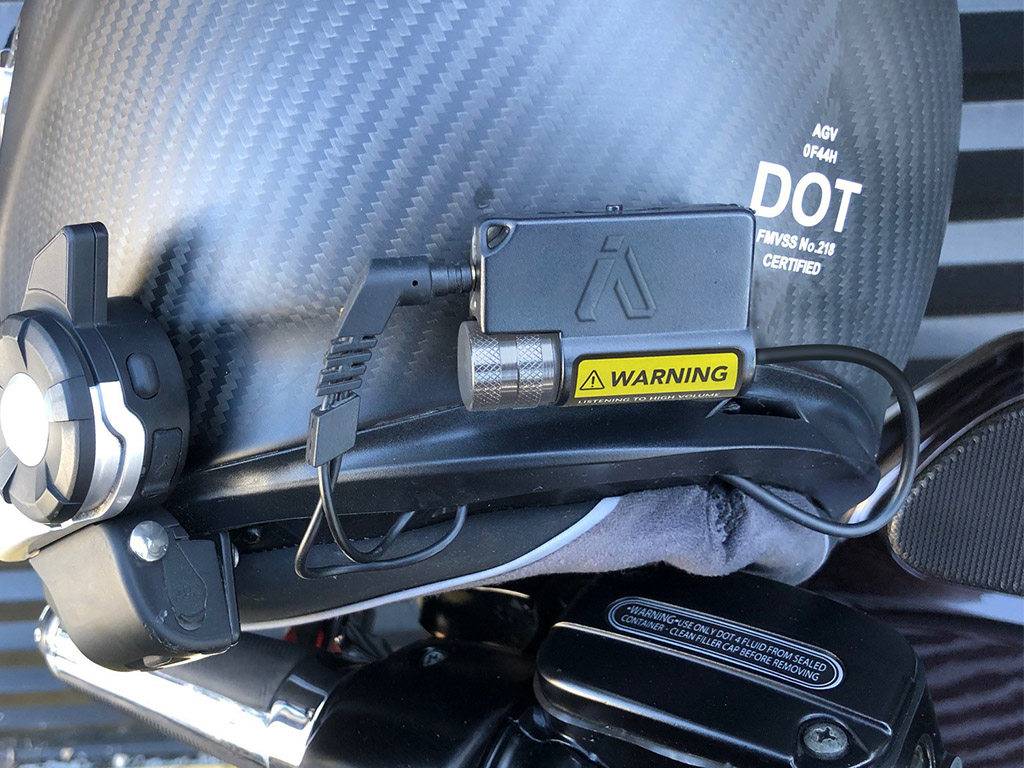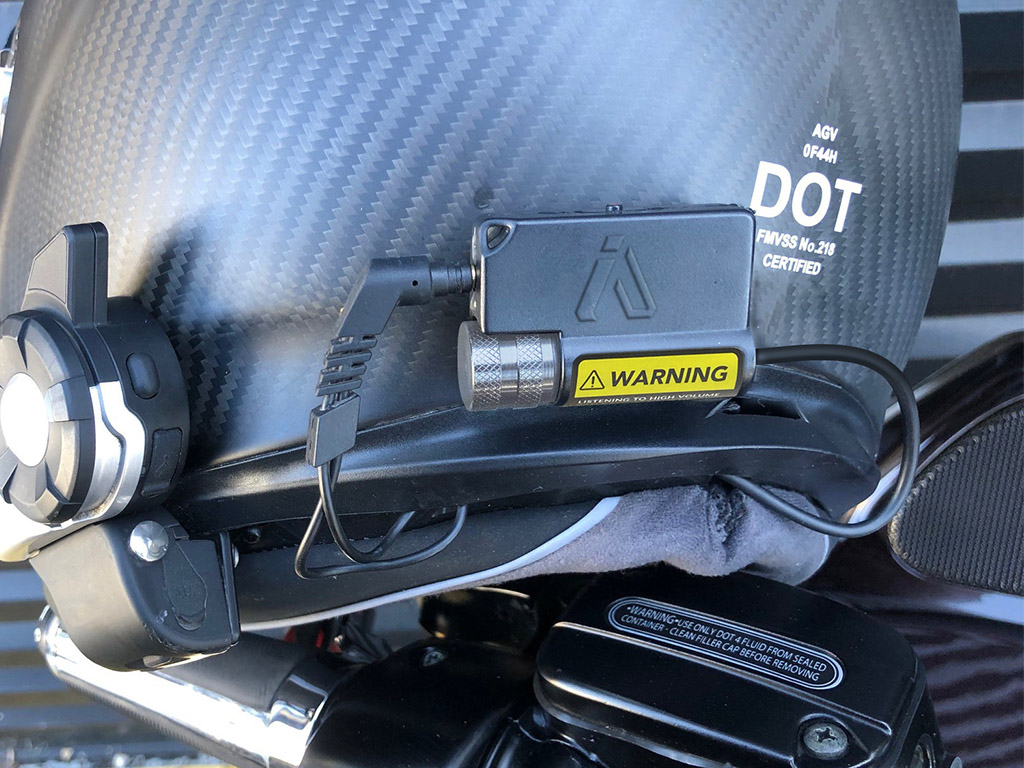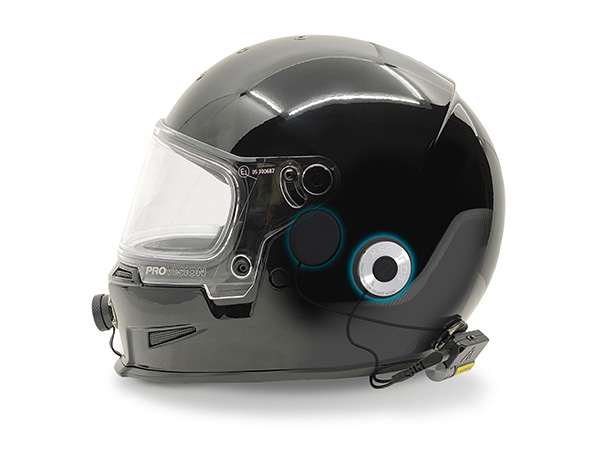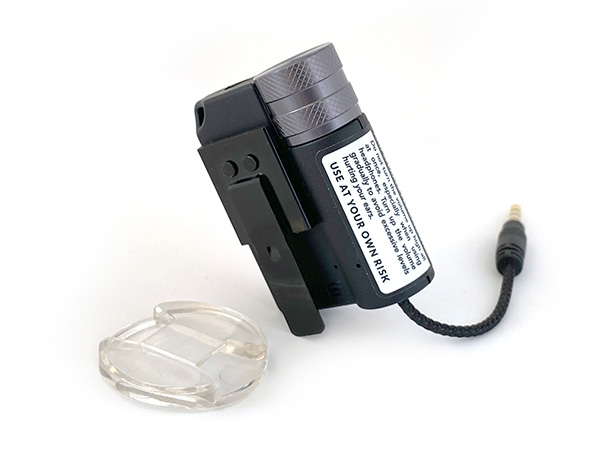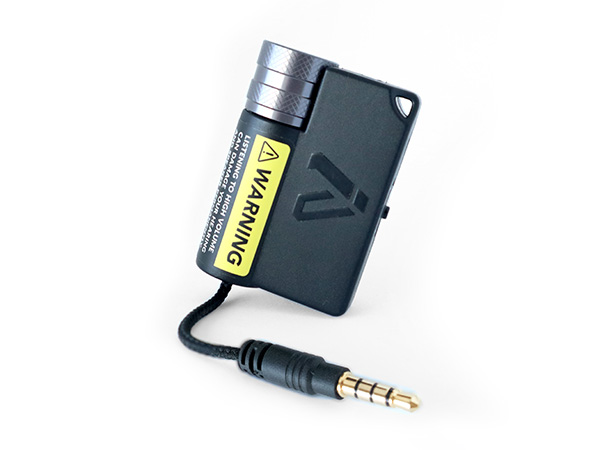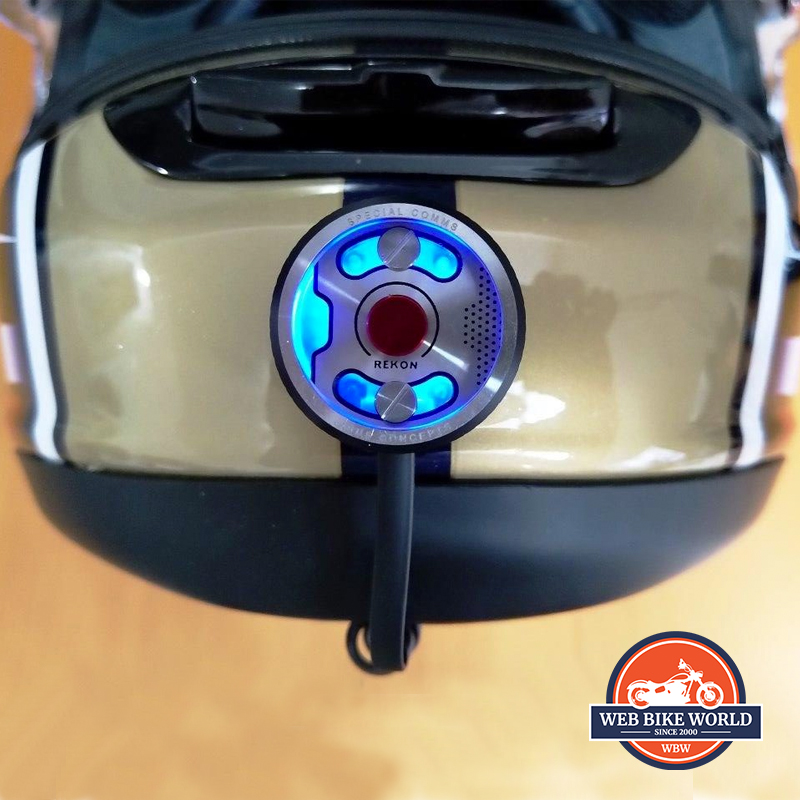HOW ARE MOTORCYCLE HELMET SPEAKERS SAFER THAN EARBUDS?
Riding a motorcycle can be an exhilarating experience, but it can also be a noisy one. When it comes to listening to music or taking phone calls while riding, many motorcyclists turn to earbuds. However, earbuds can be dangerous because they block out external noise, making it difficult to hear important sounds such as sirens, horns, and other warning signals. That’s why motorcycle helmet speakers have become a popular alternative for riders who want to enjoy music while staying safe on the road.
In this article, we will explore how motorcycle helmet speakers are safer than earbuds, the benefits of using helmet speakers, and some tips for choosing the right helmet speaker for your needs.
1. What are motorcycle helmet speakers?
Speakers that may be put within a motorbike helmet are known as motorcycle helmet speakers. They eliminate the need for earphones or headphones by enabling the rider to use GPS navigation, listen to music, or make phone calls. IASUS produces the best helmet speakers on the market with the XSound 2.1 helmet speaker and the XSound 3 helmet speaker.

2. How are motorcycle helmet speakers safer than earbuds?
The fact that motorcycle helmet speakers don’t entirely filter out outside noise is one of the key reasons why they are safer than earbuds. By using earbuds, the ear canal is sealed off from outside noise, which might be hazardous when operating a motorcycle. While the music from helmet speakers is focused on the rider’s ears, they can still hear external sounds like sirens, horns, and other warning signals. Both the rider and other drivers on the road are made safer as a result.In the United States, different states have different laws regarding the use of in ear earbuds and headphones while operating a motorbike. California, Florida, and Virginia are the three states that now forbid using earbuds while riding a motorcycle. Any headset that covers both ears while riding a motorcycle is forbidden in these states. It’s vital to research local regulations before using earbuds while riding because other states have have general distracted driving prohibitions that could be interpreted to include doing so while using earphones.
3. Benefits of using motorcycle helmet speakers
The advantages of motorcycle helmet speakers versus earphones are numerous. They are safer in the first place since the rider can hear sounds outside. Second, since nothing needs to be placed into the ear canal, they are more pleasant to wear. Lastly, because they are installed into the helmet, they are more convenient because the rider doesn’t have to worry about tangled cords, lost earbuds and hurting your ears when the earbud gets caught when taking off your helmet.
Earbuds on the other hand are perfect for track use; no traffic, no pedestrians, no emergency vehicles make earbuds advantageous as it blocks out the wind and exhaust noise that may be damaging for your ears. Flaggers are on sight for all the information you need for track conditions so the earbuds are strictly for personal use. The IASUS Earmold x Earbud kit paired with the Rekon comm system , Stealth Throat mic and wired throat mics are options that can be used for track use.
4. Choosing the right motorcycle helmet speaker.
There are a number of factors to take into account while selecting a motorcycle helmet speaker. To begin with, make sure the speaker is appropriate for your helmet. While some helmets come with built-in speaker pockets, it may actually not be in the most optimal spot for your ears. Second, pick a speaker loud enough to be heard above the roar of the motorcycle and with good sound quality. The speaker should also be simple to operate and have easy-to-reach controls that can be used while wearing gloves. If your speakers are still good and you don’t want to change them, you can opt for a small amplifier like the IASUS EAR3H Helmet Amp. The extra boost in power gives your speakers the bump up it needs for a bit more volume.
5. How to install motorcycle helmet speakers.
The technique of installing motorcycle helmet speakers is rather straightforward. The majority of speakers include pads of adhesive that can be stuck to the inside of the helmet. Moreover, some helmets come with built-in speaker pouches that can be utilised to secure the speakers. After being installed, the speakers can be Bluetooth-connected to a smartphone or other audio device. Here is a more a more in-depth guide on how to install helmet speakers.
Final thoughts.
It is important to understand soundwaves. Soundwaves are vibrations that travel through the air and into our ears, where they are interpreted by our brains as sound. The intensity of the sound is measured in decibels (dB). The higher the decibel level, the louder the sound. Sounds over 85 dB can cause permanent hearing damage over time. Unknowingly, wind noises in your helmet can actually be at hearing damaging dB levels. It is ideal to ensure that you are protecting your hearing as the utmost importance. With high wind noise AND trying to get music to your ears, the dB levels are definitely damaging. We have some quiet helmets that we think are pretty good to help you listen to your music, lowered wind noises and overall better for your wellness and hearing.
In conclusion, motorcycle helmet speakers offer a safer alternative to earbuds when it comes to listening to music, making calls, or using navigation while riding. They offer clear communication, improved comfort, improved sound quality, and allow riders to stay aware of their surroundings. If you are in the market for a helmet speaker, the IASUS Concepts XSound 3 helmet speaker is a great option to consider.

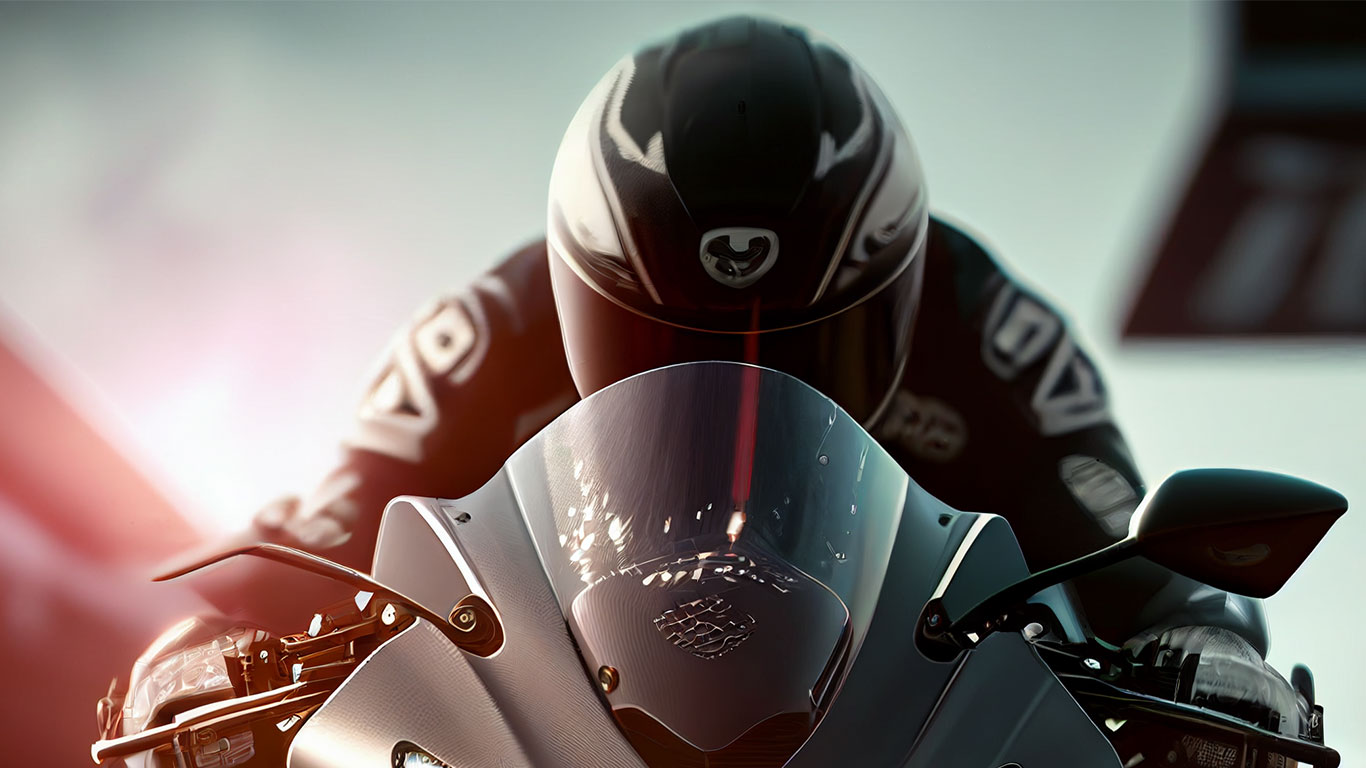
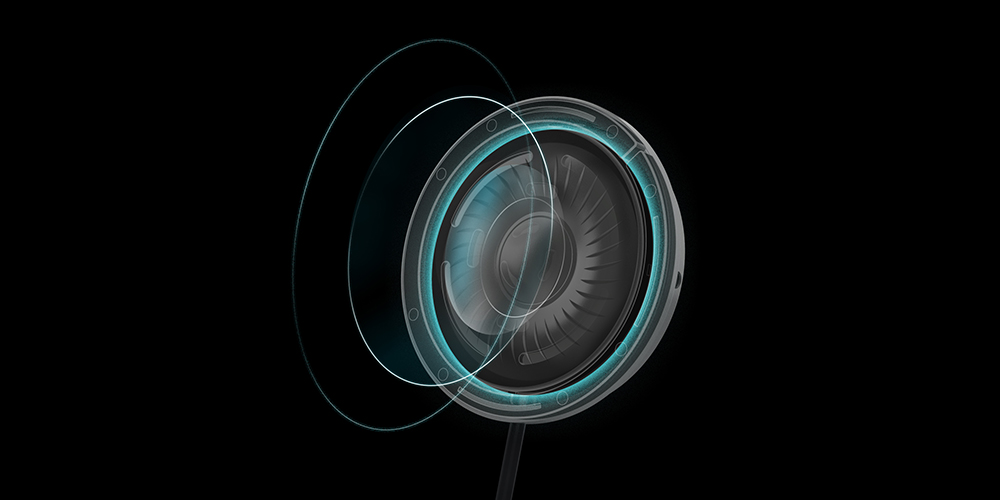
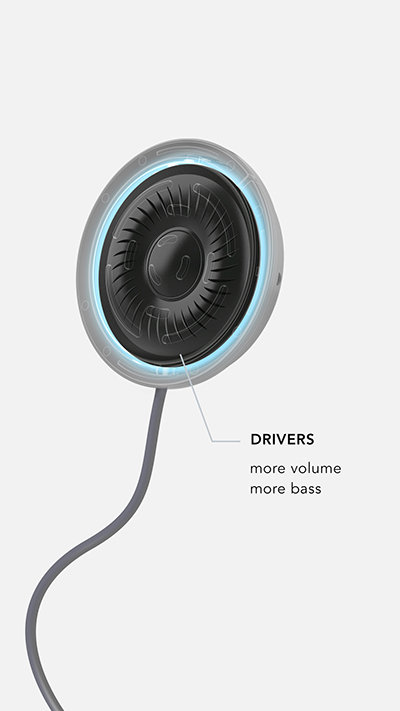
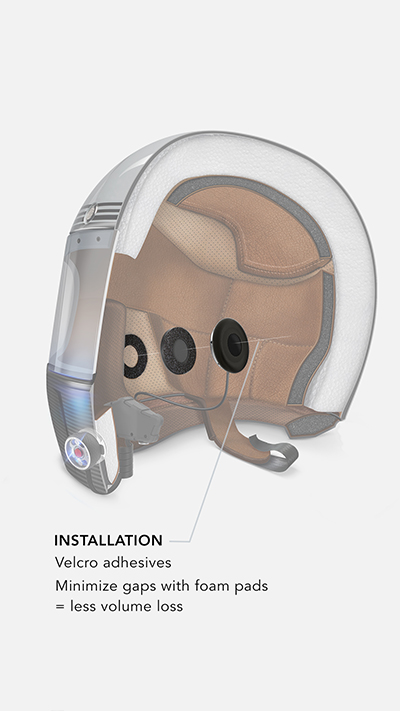


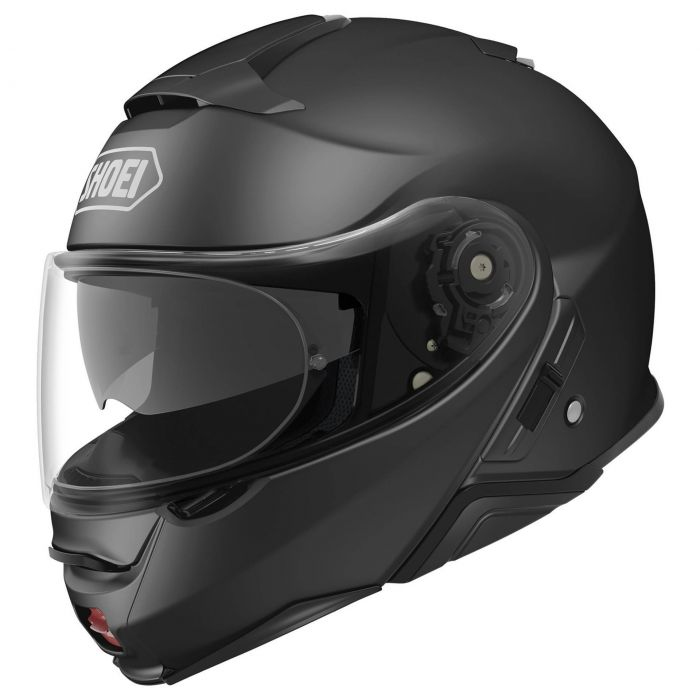
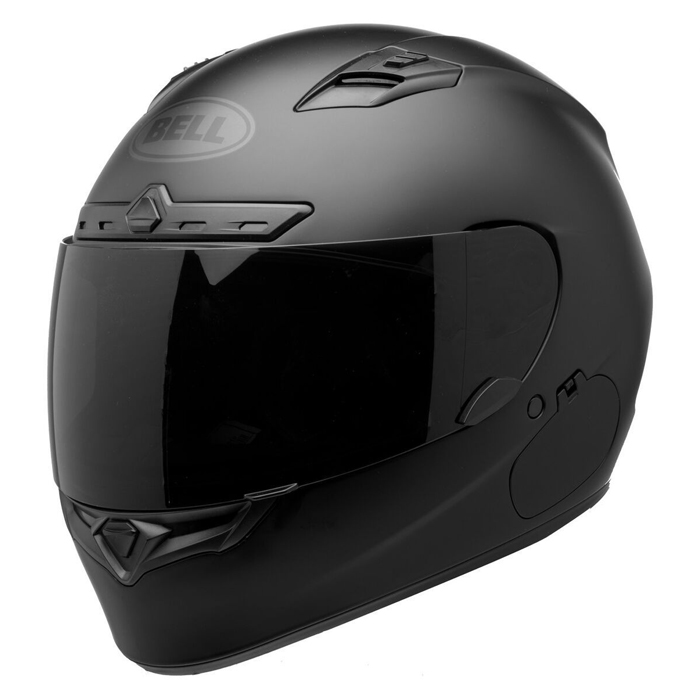
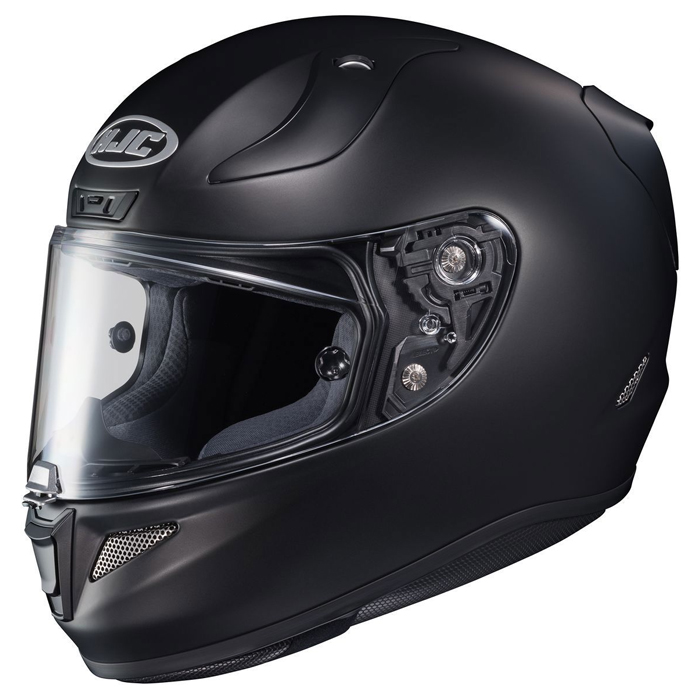
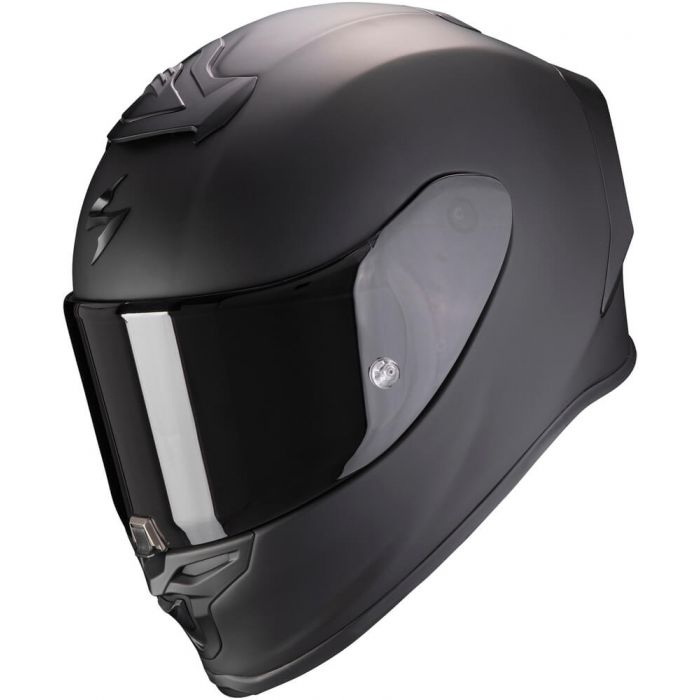
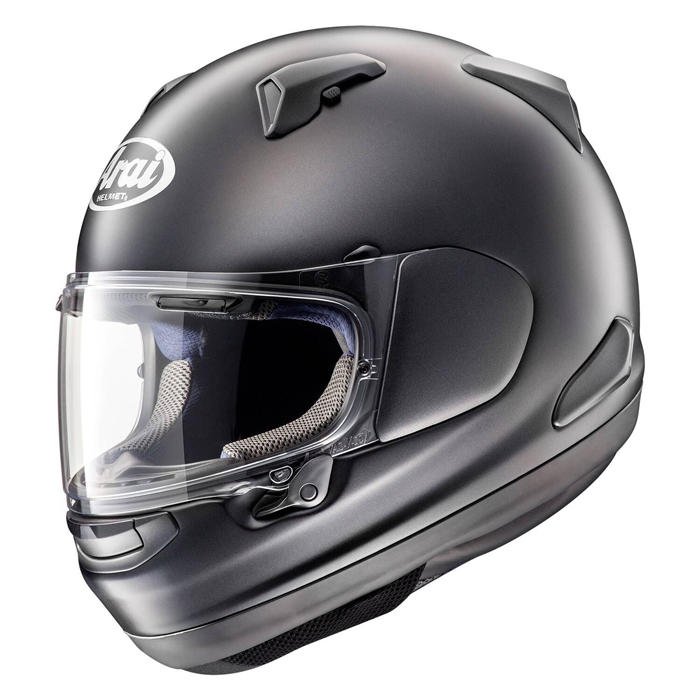






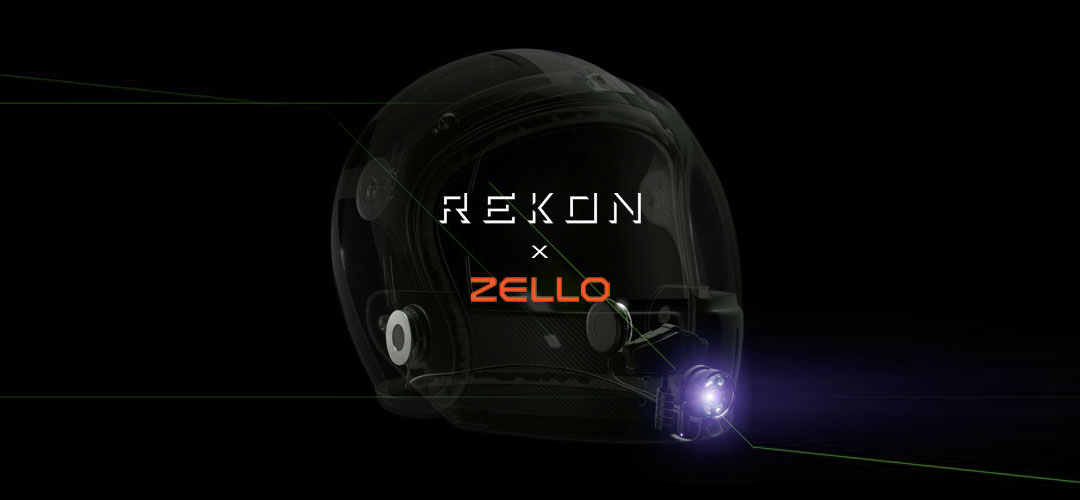
 The
The 
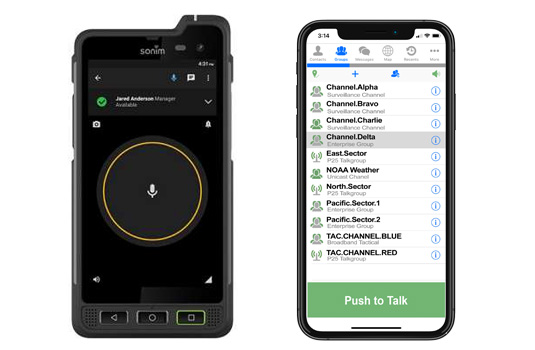

 POC, or “Push-to-Talk Over Cellular,” is a relatively recent innovation that has completely changed how we communicate. POC enables real-time communication between users, much like a walkie-talkie, but using cellular networks as opposed to radio waves.
POC, or “Push-to-Talk Over Cellular,” is a relatively recent innovation that has completely changed how we communicate. POC enables real-time communication between users, much like a walkie-talkie, but using cellular networks as opposed to radio waves.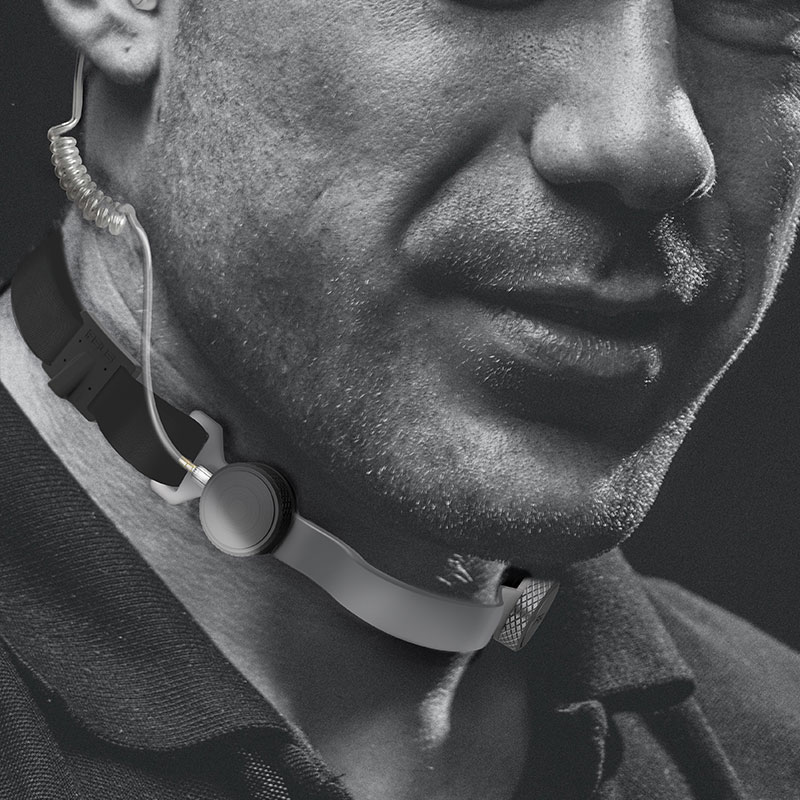

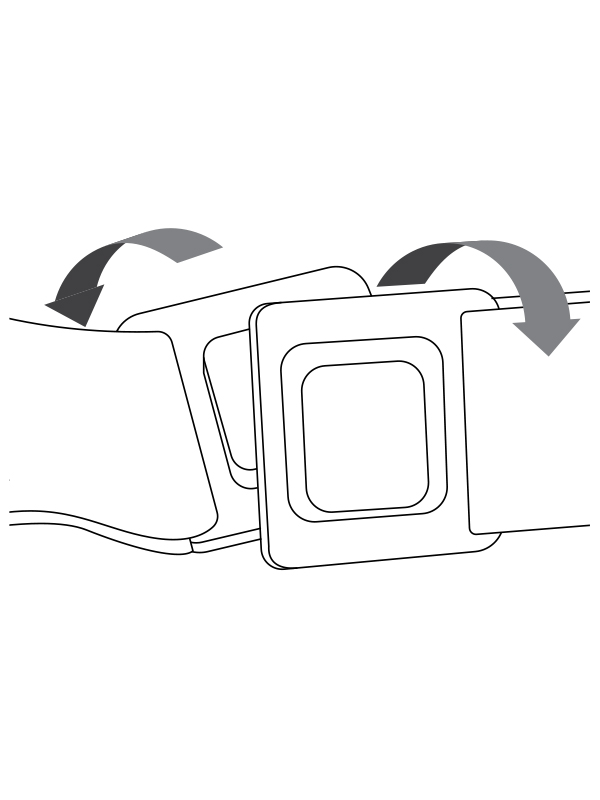
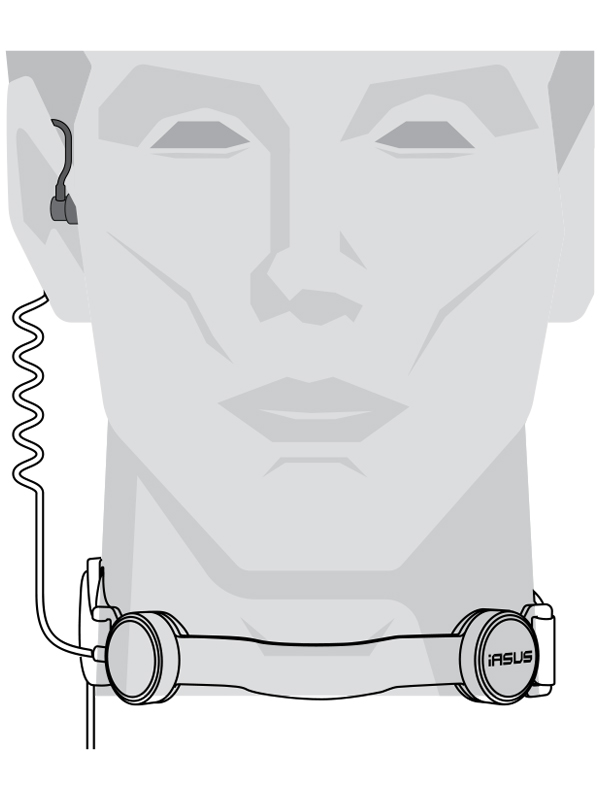
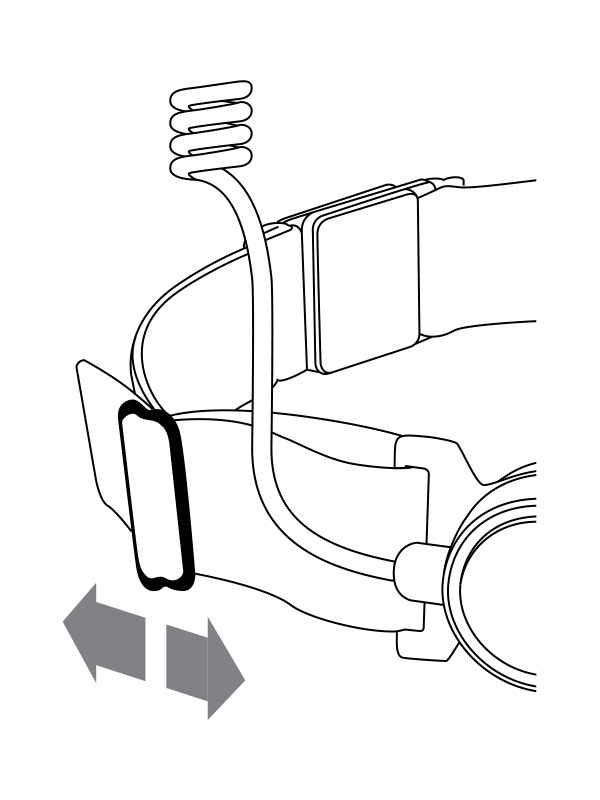
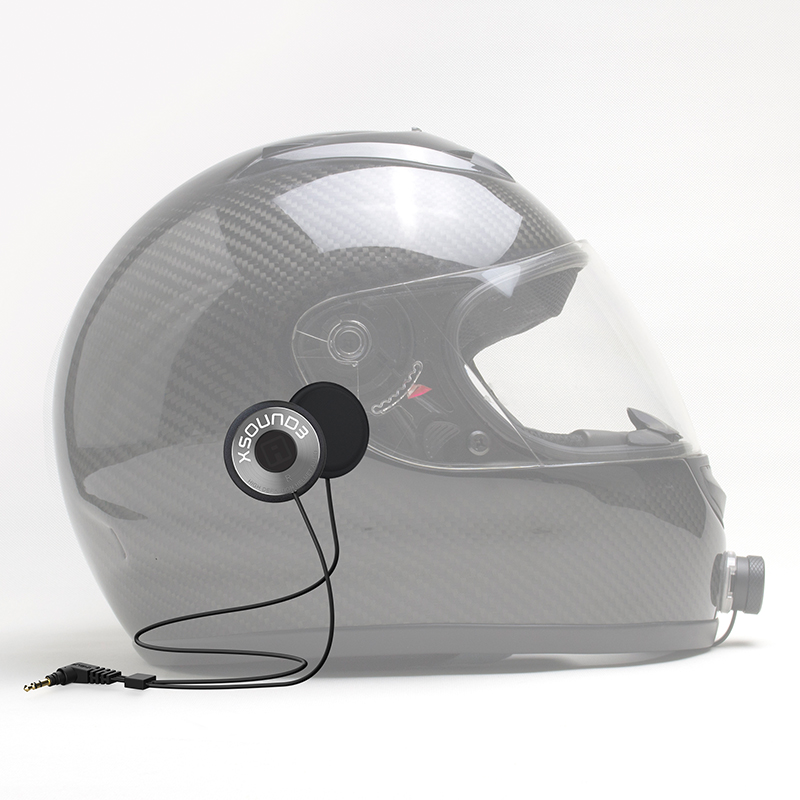
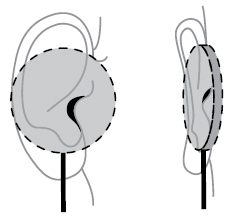
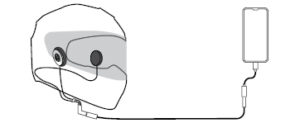
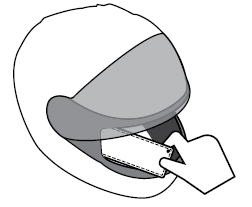 For tight fitting helmet enclosures, volume level and sound quality of your XSound 3 may be diminished if the ears get folded after putting on your helmet. When this happens, the audio does not have a direct path to your ears, hence the reduced volume and poor sound quality. Since it is difficult to access your ears due to the tight fit of your helmet, we included a Tab that was specifically to reach that are through either the space from your visor (when opened) or from the bottom of your helmet. The thin tab should be able to reach and be able to position your ears correctly. Also note that to optimize the sound quality of the Xsound 3, the speakers need to sit flush and directly on the ears. Sometimes, pending how you pivot the helmet the ear cavities are not aligned properly with your ears and that may also affect your audio experience. In order to benchmark the audio, we recommend that you listen to the helmet speakers on your ears directly prior to installation to have a feel for the sound and volume levels. The Xsound 3 package also includes a key ring for the Helmet Speaker Tab so that it can conveniently double as a great motorcycle key holder. This way you won’t forget to bring it or loose it when you are riding.
For tight fitting helmet enclosures, volume level and sound quality of your XSound 3 may be diminished if the ears get folded after putting on your helmet. When this happens, the audio does not have a direct path to your ears, hence the reduced volume and poor sound quality. Since it is difficult to access your ears due to the tight fit of your helmet, we included a Tab that was specifically to reach that are through either the space from your visor (when opened) or from the bottom of your helmet. The thin tab should be able to reach and be able to position your ears correctly. Also note that to optimize the sound quality of the Xsound 3, the speakers need to sit flush and directly on the ears. Sometimes, pending how you pivot the helmet the ear cavities are not aligned properly with your ears and that may also affect your audio experience. In order to benchmark the audio, we recommend that you listen to the helmet speakers on your ears directly prior to installation to have a feel for the sound and volume levels. The Xsound 3 package also includes a key ring for the Helmet Speaker Tab so that it can conveniently double as a great motorcycle key holder. This way you won’t forget to bring it or loose it when you are riding.